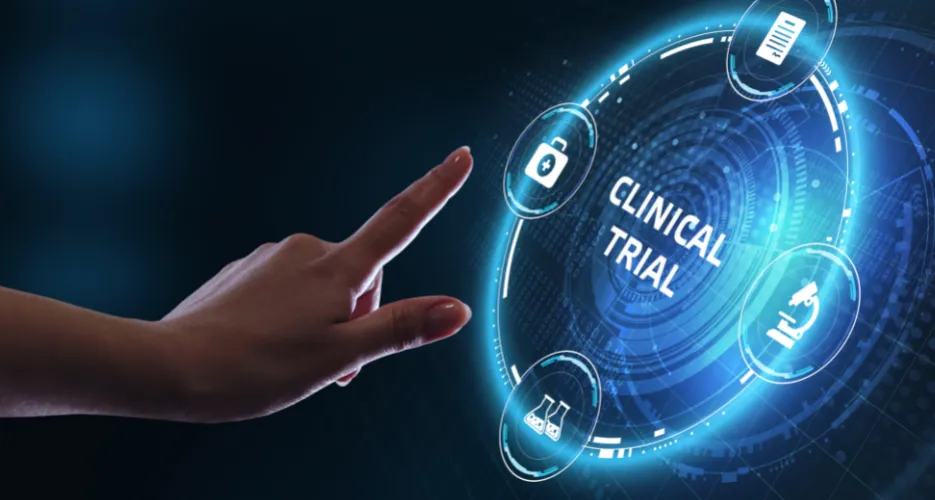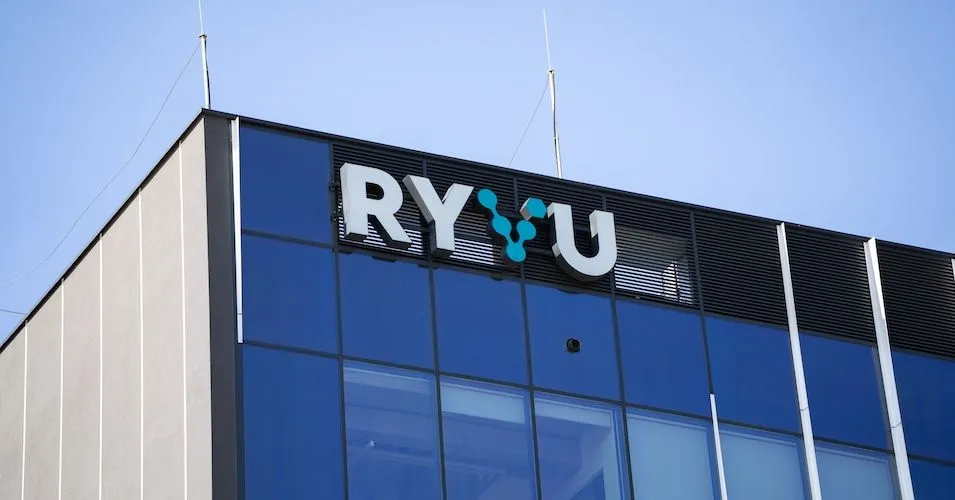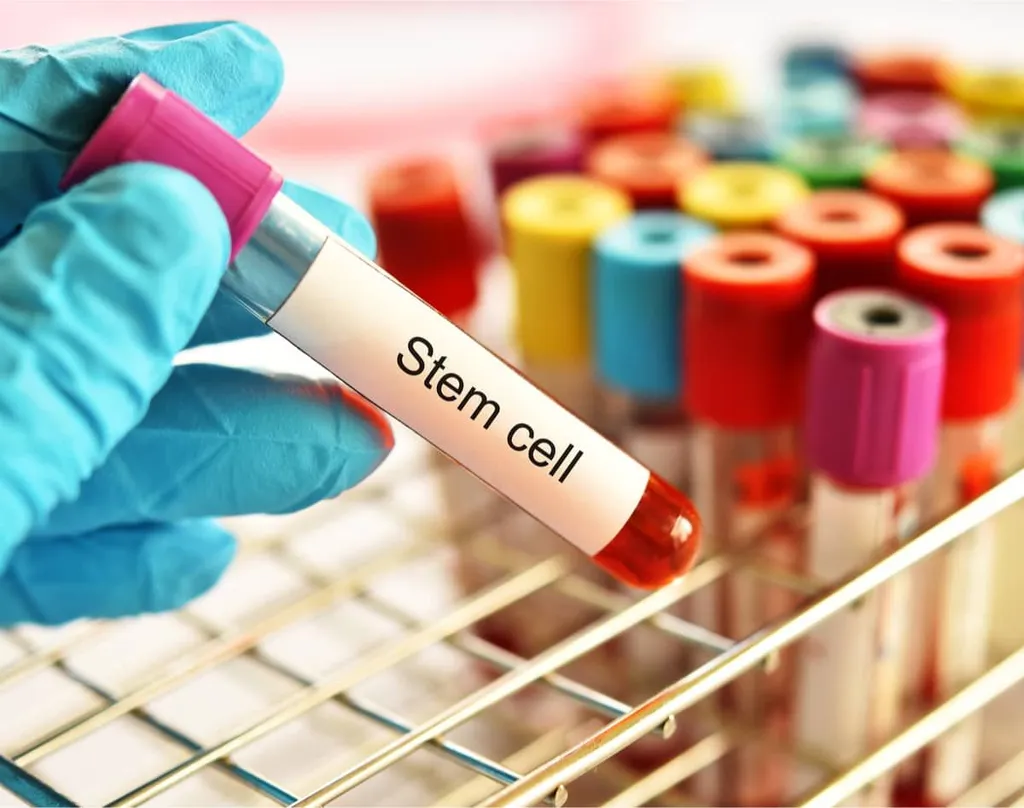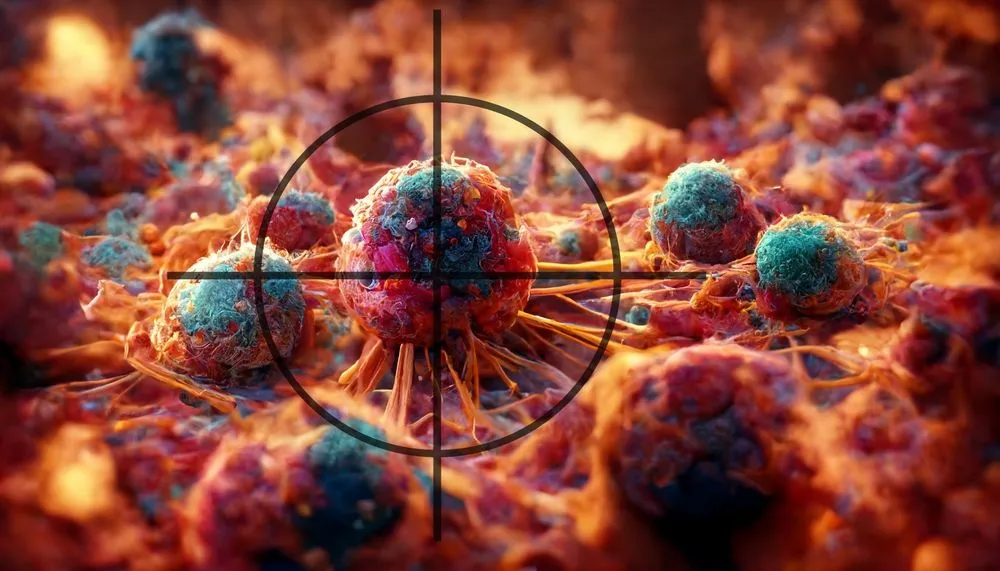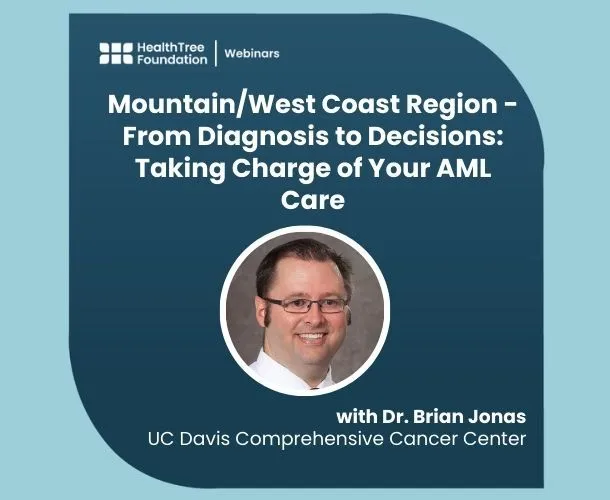Uproleselan Added to Chemotherapy is Showing Promise

New and emerging therapies continue to show promise for the treatment of AML. Drug combinations with chemotherapy are routinely tested for efficacy in the newly diagnosed setting as well in those with relapsed/refractory AML. Several of these trials are currently testing with the new drug, Uproleselan. This medication disrupts cell survival pathways and improves a patient’s response to chemotherapy.
“We think that the addition of Uproleselan to chemotherapy increases the sensitivity of leukemic blasts to chemotherapy and potentially may improve response rates,” said Geoffrey L. Uy, MD. Researchers also found that the addition of Uproleselan reduced rates of mucositis (when your mouth or gut is sore and inflamed. It's a common side effect of chemotherapy and radiation. Although mucositis is usually painful, it can be treated).
Normal stem cells live in the bone marrow in “these specialized microenvironments, which refer to the stem cell niche”. Malignant or leukemia cells also live in a “niche” of the marrow. The interaction between these two can often protect the body from successful reactions to chemotherapy. This has been given the term of “cell adhesion-mediated drug resistance”.
This process involves many ligands and receptors. A ligand is defined as any molecule or atom that irreversibly binds to a receiving protein molecule, otherwise known as a receptor. When a ligand binds to its respective receptor, the shape and/or activity of the ligand is altered to initiate several different types of cellular responses. One of these ligand–receptor pairs involves E-selectin and E-selectin ligand pathway.
- E-selectin is a cell-adhesion molecule.
- When inflammation is present, E-selectin is upgraded and it links to the ligands present on white blood cells (part of the body's immune system. They help the body fight infection and other diseases).
- The upgraded E-selectin ligands are found on tumor cells. They can protect the leukemia cells and keep them alive.
Uproleselan inhibits E-selectin. It blocks its interaction with the leukemia cells and also helps the tumor cells to be more receptive to chemotherapy.
A trial conducted at Dana Farber Cancer Institute showed promising results of Uproleselan combined with a standard chemotherapy (MEC or mitoxantrone, etoposide, and cytarabine). High rates of remission as well as low rates of toxicity were found. Dr. Uy is further researching Uproleselan in older patients (over 60 years of age) who can tolerate intensive chemotherapy. Results are hoped for by the end of 2022 and will help determine if Uproleselan can become a major contributor in the treatment of AML.
New and emerging therapies continue to show promise for the treatment of AML. Drug combinations with chemotherapy are routinely tested for efficacy in the newly diagnosed setting as well in those with relapsed/refractory AML. Several of these trials are currently testing with the new drug, Uproleselan. This medication disrupts cell survival pathways and improves a patient’s response to chemotherapy.
“We think that the addition of Uproleselan to chemotherapy increases the sensitivity of leukemic blasts to chemotherapy and potentially may improve response rates,” said Geoffrey L. Uy, MD. Researchers also found that the addition of Uproleselan reduced rates of mucositis (when your mouth or gut is sore and inflamed. It's a common side effect of chemotherapy and radiation. Although mucositis is usually painful, it can be treated).
Normal stem cells live in the bone marrow in “these specialized microenvironments, which refer to the stem cell niche”. Malignant or leukemia cells also live in a “niche” of the marrow. The interaction between these two can often protect the body from successful reactions to chemotherapy. This has been given the term of “cell adhesion-mediated drug resistance”.
This process involves many ligands and receptors. A ligand is defined as any molecule or atom that irreversibly binds to a receiving protein molecule, otherwise known as a receptor. When a ligand binds to its respective receptor, the shape and/or activity of the ligand is altered to initiate several different types of cellular responses. One of these ligand–receptor pairs involves E-selectin and E-selectin ligand pathway.
- E-selectin is a cell-adhesion molecule.
- When inflammation is present, E-selectin is upgraded and it links to the ligands present on white blood cells (part of the body's immune system. They help the body fight infection and other diseases).
- The upgraded E-selectin ligands are found on tumor cells. They can protect the leukemia cells and keep them alive.
Uproleselan inhibits E-selectin. It blocks its interaction with the leukemia cells and also helps the tumor cells to be more receptive to chemotherapy.
A trial conducted at Dana Farber Cancer Institute showed promising results of Uproleselan combined with a standard chemotherapy (MEC or mitoxantrone, etoposide, and cytarabine). High rates of remission as well as low rates of toxicity were found. Dr. Uy is further researching Uproleselan in older patients (over 60 years of age) who can tolerate intensive chemotherapy. Results are hoped for by the end of 2022 and will help determine if Uproleselan can become a major contributor in the treatment of AML.

about the author
Katie Braswell
Katie joined HealthTree as the Community Director for AML in 2021 and became HealthTree's Director of Education in 2023. Katie is a registered dietitian who is passionate about health literacy and patient empowerment. She loves to cook, travel and spend time with her newborn son, husband and dog.
More on Clinical Trials
Trending Articles
Upcoming Events

Get the Latest Acute Myeloid Leukemia Updates, Delivered to You.
By subscribing to the HealthTree newsletter, you'll receive the latest research, treatment updates, and expert insights to help you navigate your health.
